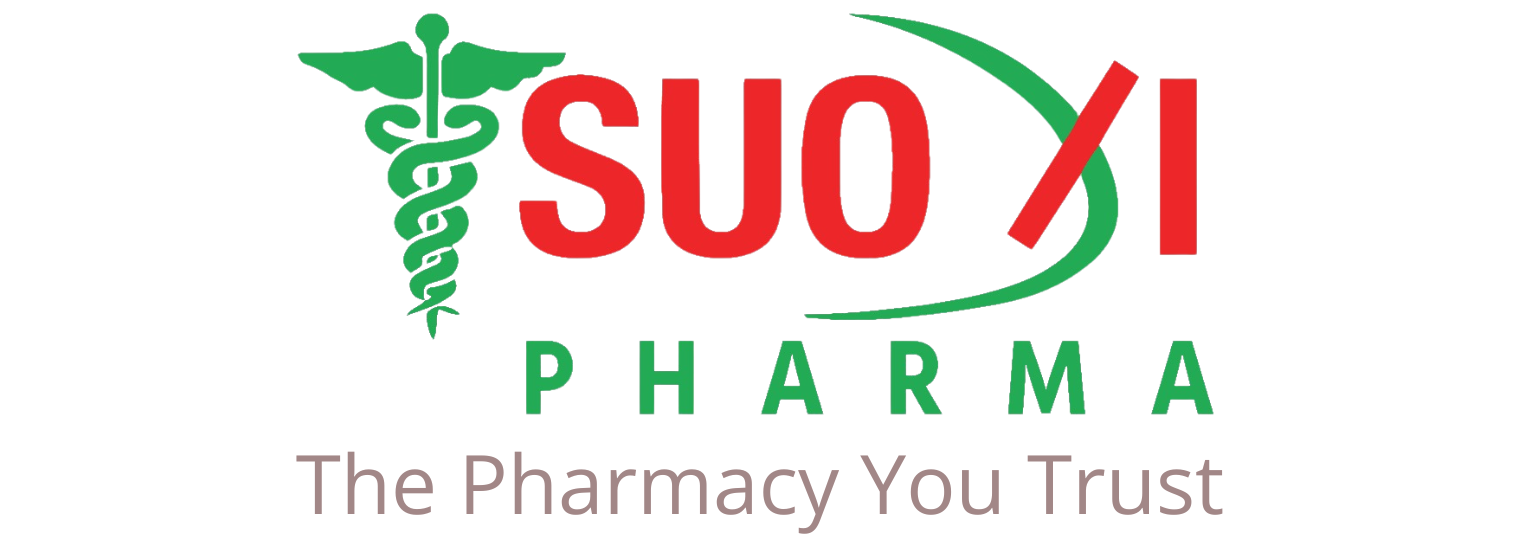Easium 5 mg
Description
Indications
Easium is prescribed for the short-term management of mild to moderate anxiety, agitation, restlessness, fear, and aggressive behavior. It is also used for anxiety reactions caused by stress, anxiety disorders with physical symptoms, acute alcohol withdrawal, status epilepticus, preoperative sedation, febrile convulsions, and insomnia in hospitalized patients.
Take this medication only as directed by a registered physician.
Description
Easium belongs to the benzodiazepine class and acts as a safe tranquilizer with anxiolytic, anticonvulsant, and central muscle relaxant properties. The intravenous form of Easium is commonly utilized in obstetrics and for managing status epilepticus.
Pharmacology
Diazepam, the active ingredient in Easium, binds to specific sites on GABA receptors, enhancing the effects of GABA by facilitating chloride ion influx into cells.
Following oral administration, diazepam is rapidly and fully absorbed, reaching peak plasma concentration within 15 to 90 minutes. It has an average plasma half-life of 30 hours and exhibits a plasma protein binding rate of 98-99%. Diazepam undergoes hepatic metabolism, with only trace amounts of the unchanged drug excreted in urine. A small fraction of its metabolites is expelled through bile into the intestine and eliminated via feces. When administered rectally as a suppository, significant absorption occurs, with peak plasma levels reached within 1.5 to 2 hours.
Dosage & Administration
Oral Administration:
- Anxiety: 2 mg three times daily, which may be increased to 15-30 mg per day in divided doses if necessary.
- Elderly or debilitated patients: Half of the standard adult dose.
- Insomnia associated with anxiety: 5-15 mg at bedtime.
- Night terrors and sleepwalking in children: 1-5 mg at bedtime.
Intramuscular (IM) or Slow Intravenous (IV) Injection (Large vein, below 5 mg/min rate):
- Severe acute anxiety, acute panic attacks, and alcohol withdrawal: 10 mg, which may be repeated after at least 4 hours if needed.
- Febrile convulsions in children: Slow IV injection at a dose of 250 mcg/kg.
Rectal Administration:
- Children: 500 mcg/kg (maximum 10 mg), repeated if necessary.
Take this medication only as directed by a registered physician.
Drug Interactions
Alcohol consumption alongside Easium is not recommended, as it may enhance sedative effects. Increased sedation may also occur when combined with neuroleptics (antipsychotics), hypnotics, sedative antihistamines, general anesthetics, narcotic analgesics, or antidepressants. Easium clearance is enhanced with the concurrent use of phenobarbital but reduced with cimetidine. Omeprazole and isoniazid inhibit Easium metabolism.
Contraindications
Easium (Diazepam) should not be used in patients with myasthenia gravis, pulmonary insufficiency, respiratory depression, or hypersensitivity to benzodiazepines.
Side Effects
Easium is generally well tolerated, but higher doses may cause drowsiness, dizziness, lightheadedness, confusion, and lack of coordination (ataxia).
Pregnancy & Lactation
Diazepam and its active metabolites cross the placental barrier and are also excreted in breast milk. Therefore, its use during pregnancy and lactation should be avoided if possible. It is classified as a US FDA Pregnancy Category D drug.
Precautions & Warnings
- Prolonged use and abrupt discontinuation should be avoided.
- Caution is advised in patients with respiratory conditions, muscle weakness, liver or kidney impairment, and those with a history of substance abuse.
Overdose Effects
Symptoms of overdose include excessive sedation, muscle weakness, deep sleep, or paradoxical excitation. Severe cases may lead to loss of coordination, muscle hypotonia, low blood pressure, respiratory depression, and, in rare instances, coma or death.
Therapeutic Class
- Benzodiazepine Sedatives
- Centrally Acting Skeletal Muscle Relaxants
- Primary Anti-Epileptic Drugs
Storage Conditions
Store in a cool, dry place below 25°C, protected from light.
Additional information
| Weight | 0.15 g |
|---|








Reviews
There are no reviews yet.